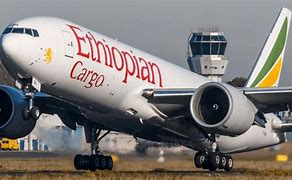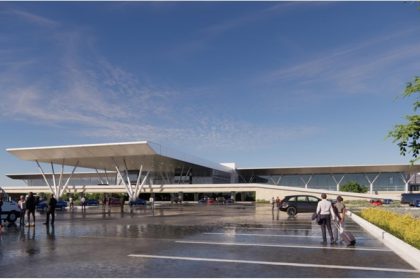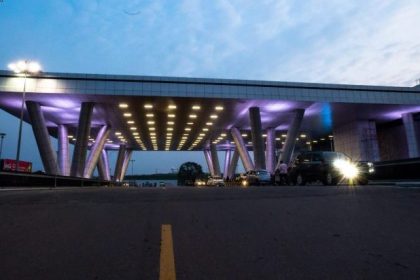Uganda seeks to restart economy with Shs26 trillion budget
KAMPALA, JUNE 8 – Uganda’s finance minister Matia Kasaija today unveiled an Ushs 26.4 trillion budget that seeks to re-gig an economy that missed target in fiscal 2015 on the back of a global drop in commodity prices and a tight domestic monetary policy that sent lending rates soaring.
The economy grew 4.6 percent, marginally below a revised target of 5 percent, as a slump in export earnings and economic volatility that saw lending rates touch 30 percent, denied producers’ access to credit to finance expansion.
To correct this, Kasaija allocated Ushs 3.7 trillion equivalent to 14 percent of the budget to the works sector where major infrastructure projects are ongoing, Ushs 2.4 trillion or 9 percent of the budget to energy while 2.7 trillion that is just slightly above ten percent of the total resource envelop went to education.
Defence came in fourth with an allocation of Ushs 1.588 trillion while Ushs 824 billion, agriculture took just 3 percent of the budget but saw a 65 percent increase in absolute resources.
In a rare move for Uganda, Kasaija allocated 53 percent of the budget to development expenditure.
The economy is projected to grow by 5.5 percent next financial year while the medium term growth is still being projected at 6.3percent.This outlook banks on the implementation of major energy and transport infrastructure projects.
But Kasaija has to contend with a 6.4 fiscal deficit and ballooning public debt that is running at 34 percent of GDP. Mr Kasaija says gross nominal public debt will be around UShs 29.9 trillion by the end of the current financial year on June 30. Ushs. 18.6 trillion of this equivalent to $5.3 billion at current exchange rates is externally owed while domestic debt stands at UShs. 11.3 billion.
Tax revenue remains stubbornly stuck in the 13 percent to GDP band while non tax revenue contributes less than 2 percent of domestic revenues. Resource absorption also remains a challenge with sectors such as education, water and energy posting poor project performance.
Kasaija is relying on external sources to finance 24.8 percent of the budget as he sharply cuts back on domestic borrowing in a bid to stimulate lending to the private sector by commercial banks.

 Air France Industries KLM Engineering & Maintenance spreads African footprint with deals at MRO Africa Conference
Air France Industries KLM Engineering & Maintenance spreads African footprint with deals at MRO Africa Conference
 TAAG Angola taps AFI KLM E&M for Boeing777 pool and repair component support
TAAG Angola taps AFI KLM E&M for Boeing777 pool and repair component support
 Uganda’s Aviation Infrastructure: Time for ambitious upgrades and structural reform
Uganda’s Aviation Infrastructure: Time for ambitious upgrades and structural reform
 SaveLIFE Foundation plans to extend India’s safe roads model to Kenya, Zimbabwe
SaveLIFE Foundation plans to extend India’s safe roads model to Kenya, Zimbabwe
 Entebbe in race against time as passenger traffic overruns capacity
Entebbe in race against time as passenger traffic overruns capacity
 Commuter bus operator Tondeka Metro loses city commuter business in web of intrigue
Commuter bus operator Tondeka Metro loses city commuter business in web of intrigue
